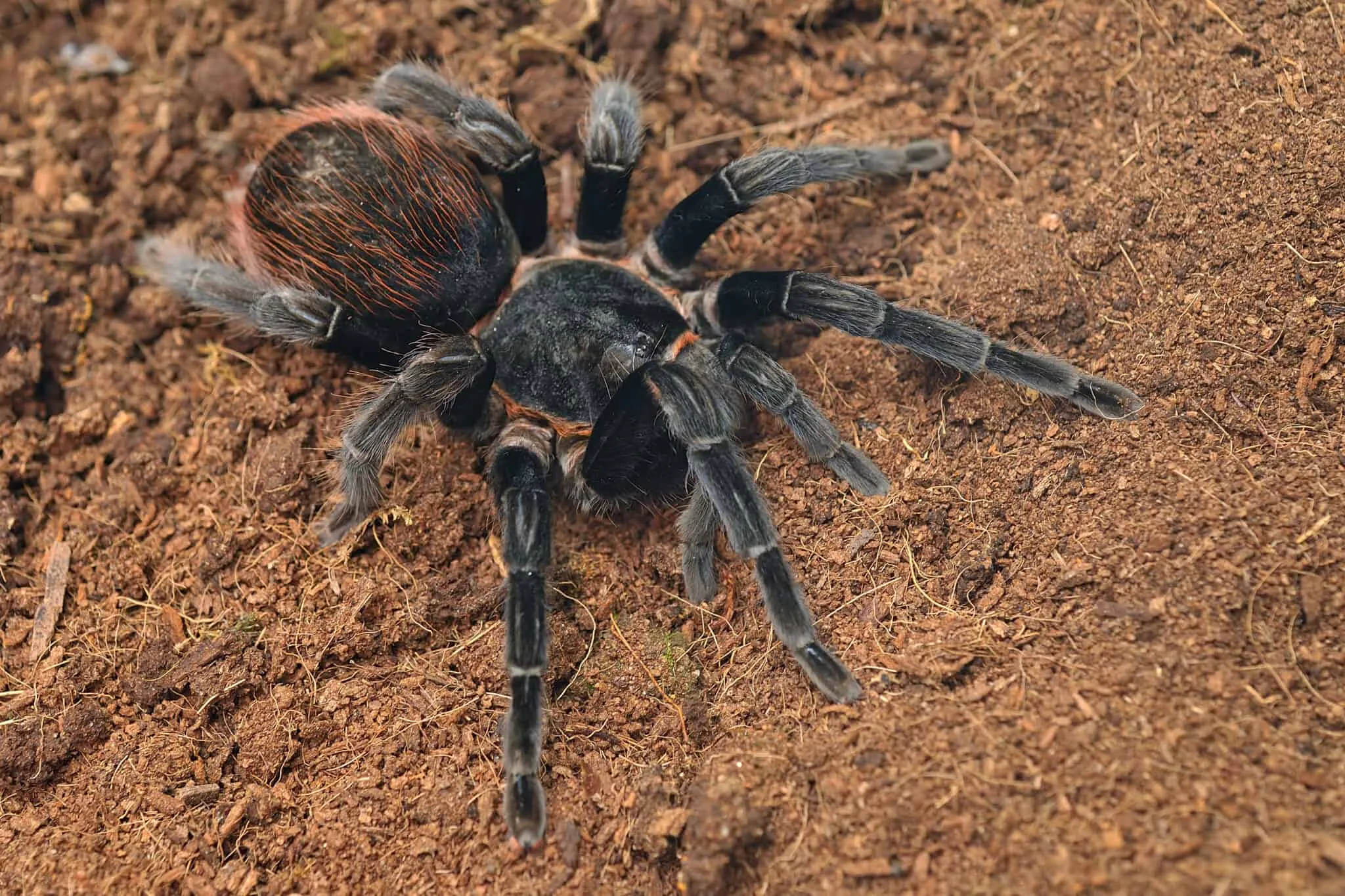Tarantula Care: Top 5 Tips for Beginners
Bringing a tarantula into your home can be an exciting and rewarding experience. These fascinating creatures are relatively low-maintenance pets, but they still require specific care to thrive. This guide provides the top 5 essential tips for beginner tarantula owners, ensuring you can provide your new pet with a happy and healthy life. From choosing the right species to understanding their basic needs, we will cover everything you need to know to become a successful tarantula keeper. Get ready to embark on an incredible journey into the world of arachnids, where you’ll discover the unique charm and beauty of these amazing creatures and learn what to do with a tarantula.
Choosing Your Tarantula
The first step in tarantula care is selecting the right species for your experience level and lifestyle. Different species have varying temperaments, care requirements, and sizes. It’s crucial to do your research before making a purchase to ensure you can provide the appropriate environment for your chosen tarantula. Beginner-friendly species often include those that are docile and easy to care for. More experienced keepers might opt for species with more specific environmental needs or those with more striking appearances.
Researching Tarantula Species
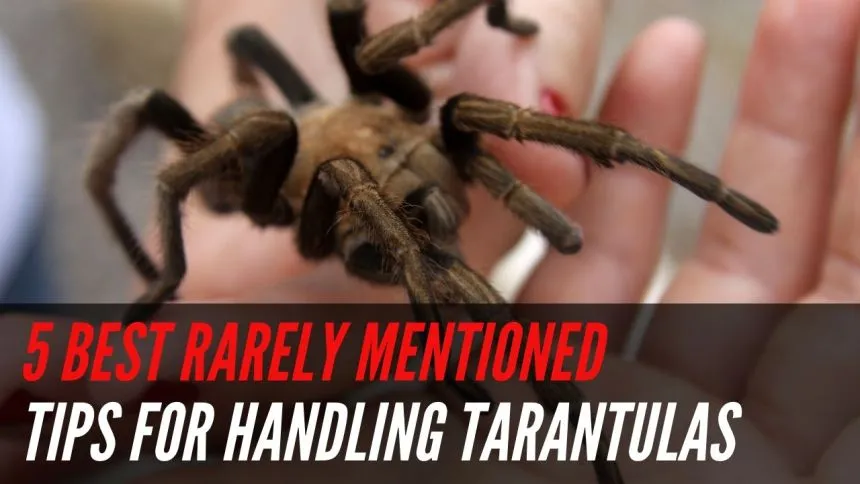
Thorough research is critical. Learn about the specific needs of each species you consider. This includes their size, lifespan, temperament, and the type of environment they thrive in. Online resources, books, and forums dedicated to tarantula keeping are excellent sources of information. Understanding the natural habitat of a species will help you replicate it in captivity, leading to a healthier and happier tarantula.
Finding a Reputable Breeder
Purchasing your tarantula from a reputable breeder is essential. Breeders with experience and knowledge can offer advice and ensure your spider is healthy. They usually provide information about the tarantula’s age, origin, and any specific care instructions. Avoid buying from pet stores where the care may not be optimal or the origin of the spider is unknown. This ensures a healthier and more well-adjusted pet, as well as supports ethical breeding practices.
Setting Up the Perfect Tarantula Habitat
Creating the right habitat is vital for your tarantula’s well-being. The enclosure should provide a comfortable and safe environment that mimics their natural habitat. Consider size, substrate, temperature, and humidity. A well-designed habitat reduces stress and encourages natural behaviors, such as burrowing or web-spinning.
Enclosure Size and Type
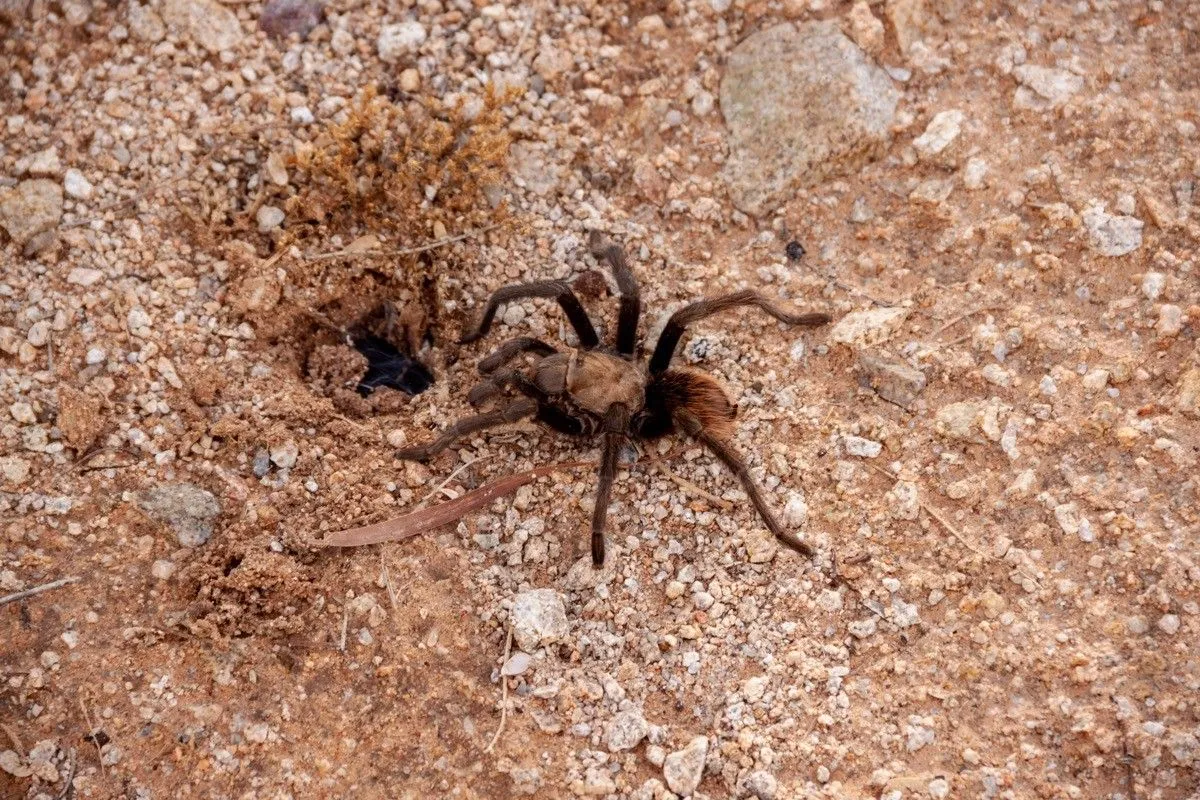
The size of the enclosure should be appropriate for the tarantula’s size. A general guideline is to provide an enclosure that is at least twice the tarantula’s leg span in width. The height depends on the species; arboreal species need taller enclosures. Choose enclosures made of glass or acrylic with a secure lid and ventilation to prevent escapes and maintain optimal conditions. Ensure the enclosure is escape-proof.
Substrate Selection
The substrate is the bedding material in the enclosure. It serves several purposes, including moisture retention and burrowing. Popular substrate choices include coconut fiber, peat moss, and vermiculite. The substrate should be deep enough to allow for burrowing if your species does so. Regularly monitor the substrate for cleanliness and change it as needed to prevent mold and bacterial growth.
Temperature and Humidity Control
Maintaining the correct temperature and humidity levels is crucial for your tarantula’s health. Use a thermometer and hygrometer to monitor the conditions. Most tarantulas prefer temperatures between 75-85°F (24-29°C). Humidity levels vary depending on the species, but it can be maintained with a water dish and misting the enclosure. Avoid direct sunlight and drafts, as they can be harmful to your tarantula.
Feeding Your Tarantula
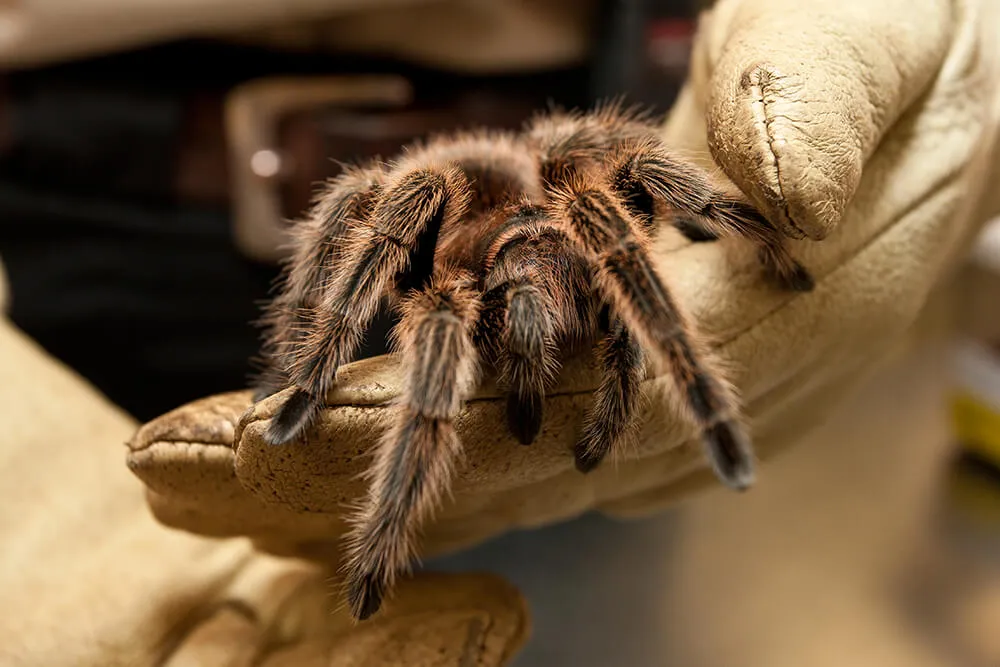
Proper feeding is crucial to keep your tarantula healthy and thriving. The diet should consist of live insects, such as crickets, roaches, or mealworms. The frequency of feeding depends on the tarantula’s age and species. Overfeeding can lead to obesity, while underfeeding can cause health problems. Learning to recognize the signs of a well-fed tarantula is a key aspect of responsible pet ownership.
Choosing the Right Food
Live insects are the staple diet for tarantulas. Crickets and roaches are common choices due to their availability and nutritional value. The size of the insect should be appropriate for the tarantula; typically, the prey should be no larger than the tarantula’s abdomen. Ensure the insects are gut-loaded with nutritious food before feeding them to your tarantula to maximize their nutritional value.
Feeding Frequency
Feeding frequency varies based on the tarantula’s age and metabolism. Young tarantulas may need to be fed more frequently (every few days), while adult tarantulas can be fed once or twice a week. Observe your tarantula’s abdomen size; a well-fed tarantula will have a slightly rounded abdomen. Remove any uneaten prey within 24 hours to prevent stressing the tarantula or introducing mold.
Watering Your Tarantula
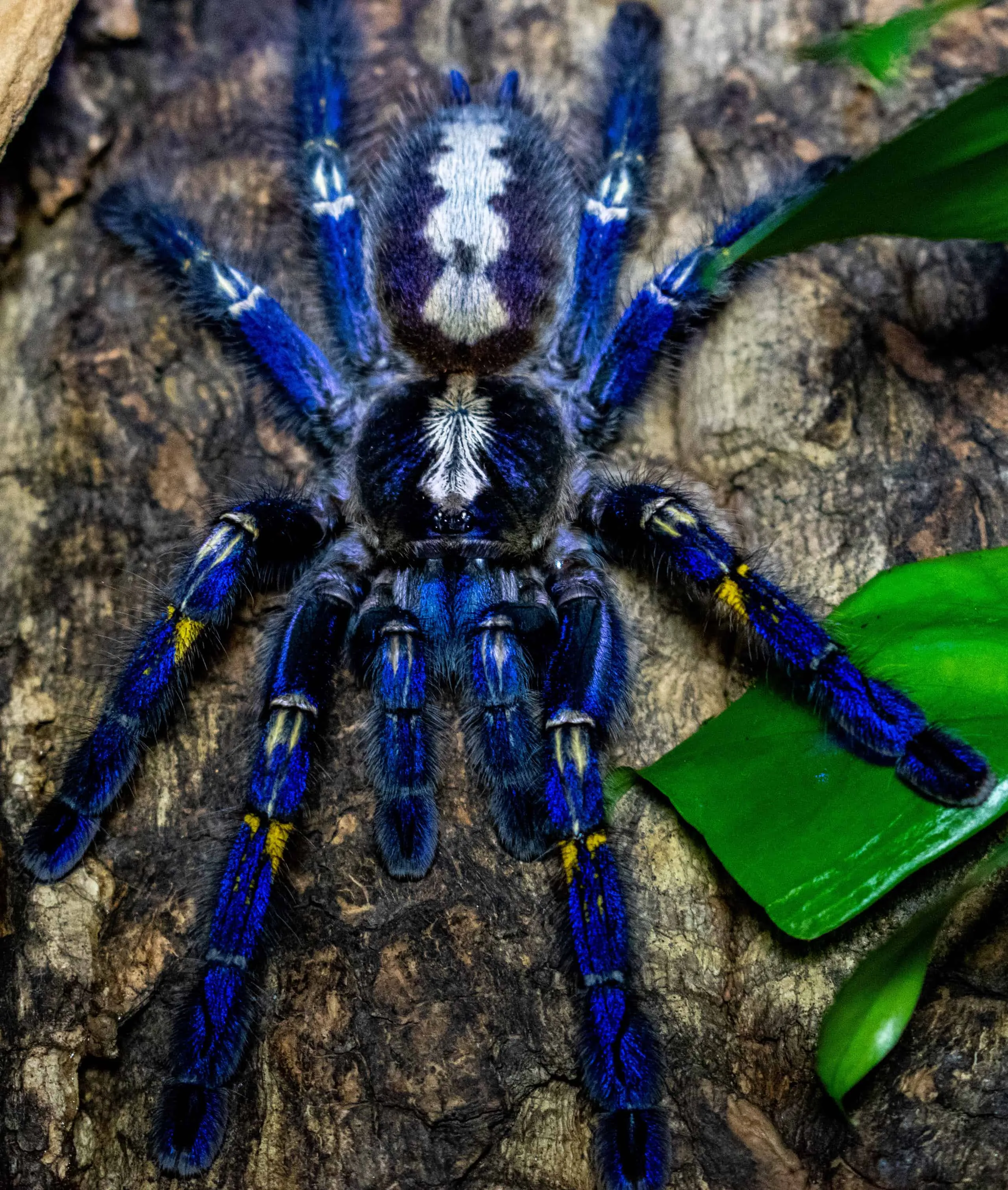
Providing clean water is essential for hydration. Use a shallow water dish that is easily accessible for your tarantula. Regularly refill and clean the water dish to prevent bacteria and mold growth. Some tarantula keepers also mist the enclosure, especially for species that require higher humidity, to provide additional moisture.
Handling Your Tarantula
Tarantulas are generally not pets that enjoy being handled. It is often best to observe them in their habitat. Handling them can be stressful and could lead to bites or falls. If you must handle your tarantula, do so with caution and after careful consideration. If you are uncertain or new to tarantula care, avoiding handling altogether is often the best approach for both your and the tarantula’s well-being.
Safe Handling Practices
If you choose to handle your tarantula, do so over a soft surface to minimize injury from falls. Gently coax the tarantula onto your hand, avoiding sudden movements. Do not handle a tarantula if it seems agitated or stressed. Wash your hands thoroughly before and after handling to prevent the transfer of any substances. Remember that all tarantulas have venom, and bites, while not usually life-threatening to humans, can be painful.
Recognizing Signs of Stress
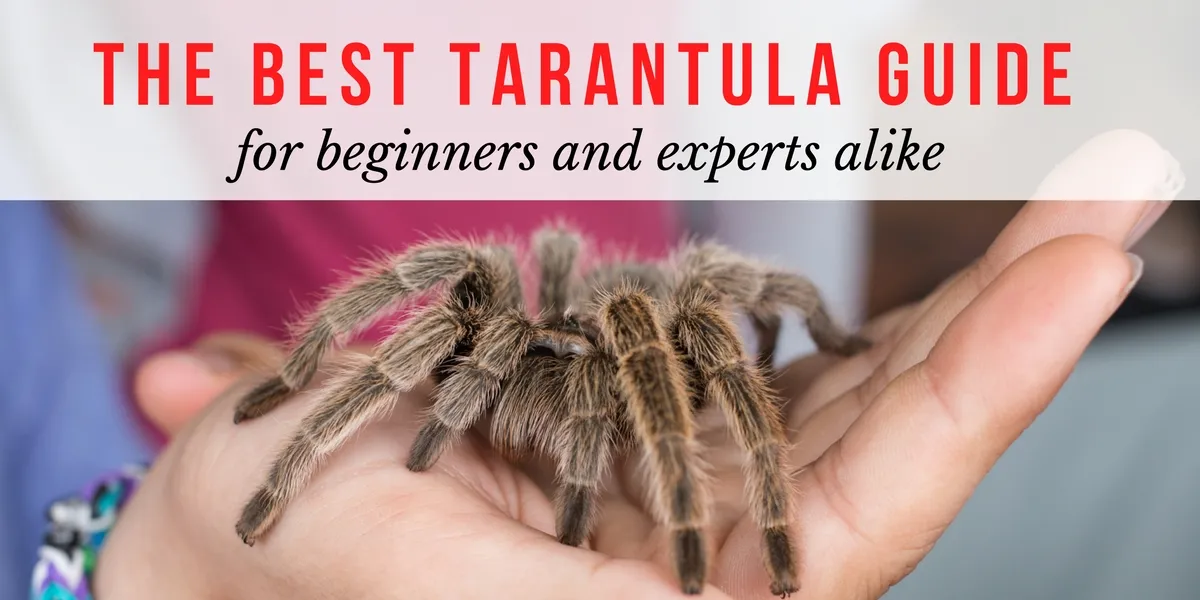
Tarantulas show signs of stress, such as raising their front legs, flicking hairs from their abdomen, or trying to escape. If your tarantula displays any of these behaviors, it is a sign that it is not comfortable with being handled or is experiencing stress. Return the tarantula to its enclosure immediately if you observe these behaviors, and give it time to calm down.
Tarantula Health and Maintenance
Regular maintenance and health checks are crucial for your tarantula’s well-being. This includes monitoring for any health issues and keeping the enclosure clean. With proper care, tarantulas can live for many years. Becoming familiar with the signs of health problems and knowing how to address them will ensure your tarantula has a long, healthy life.
Recognizing Common Health Issues
Observe your tarantula for signs of health issues, such as lethargy, loss of appetite, or abnormal behavior. Look for signs of parasites or infections. If you notice anything unusual, consult with a veterinarian experienced in exotic animals. Early detection is key to successful treatment, and it ensures a quick recovery. Ensure to provide all the basic elements of their care as the foundation of good health.
Cleaning and Maintaining the Enclosure

Regular cleaning of the enclosure is essential to maintain a healthy environment. Remove uneaten food, shed skin, and any waste regularly. Spot clean the enclosure as needed, and perform a full substrate change periodically. The frequency depends on the species and the substrate used. Clean water and a tidy habitat will keep your tarantula happy and healthy.
Understanding Molting
Molting is the process where tarantulas shed their exoskeleton to grow. It is a natural and vital part of their life cycle. During molting, tarantulas become vulnerable. Do not disturb a tarantula during this process. Provide a suitable environment for molting, which includes appropriate humidity and a safe place to hide. After molting, the tarantula will have a new, larger exoskeleton.
Conclusion
Caring for a tarantula is a rewarding experience. By following these top 5 tips for beginners, you can provide your tarantula with a healthy and enriching life. From choosing the right species to setting up a comfortable habitat, understanding feeding requirements, practicing safe handling, and providing proper health maintenance, you’ll be well on your way to becoming a successful tarantula keeper. Remember to always research and educate yourself to offer the best possible care. Enjoy the fascinating journey of owning and caring for one of these amazing creatures!
